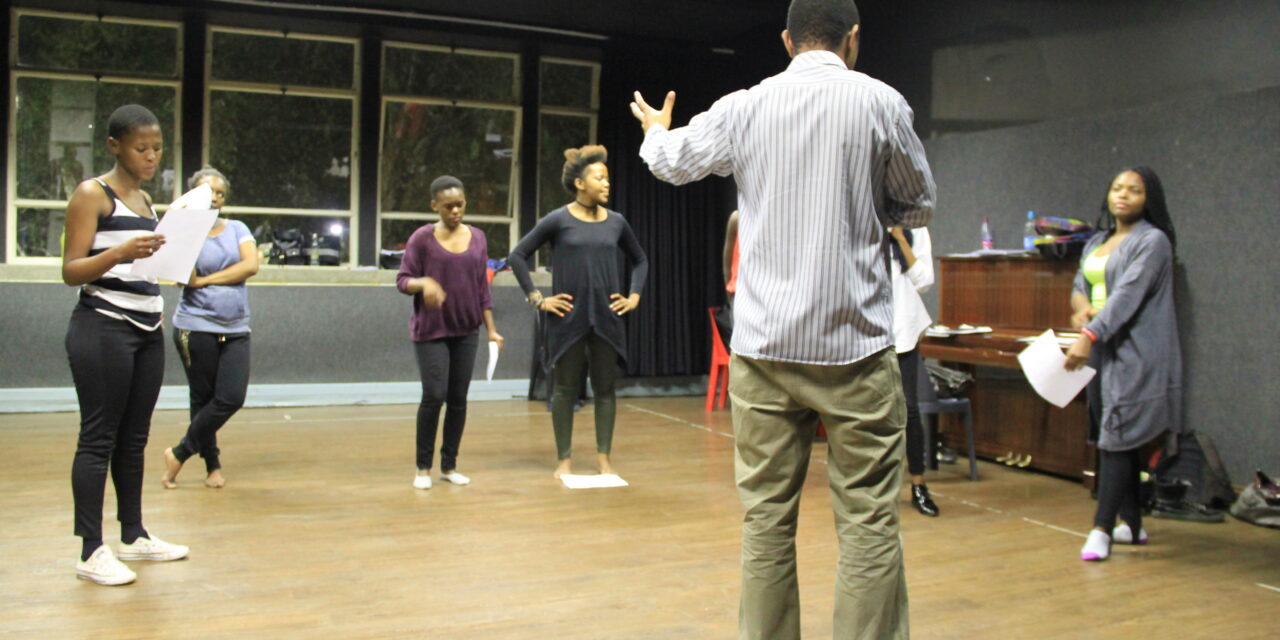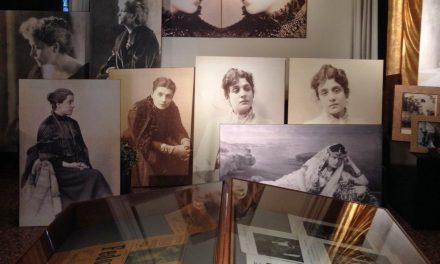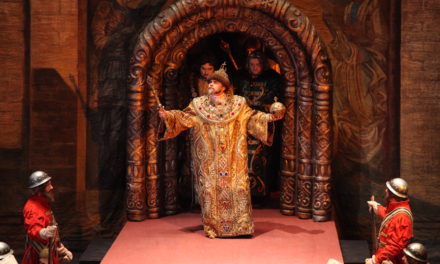In 2015, I met with the late Stephen Chifunyise at the New Partnership for Africa’s Development (NEPAD) Conference in Johannesburg. He impressed upon me to start an online magazine/journal to publish material on African creative arts. A few weeks after the conference I met with Prof. Mzobz Mboya who heads the NEPAD secretariat in South Africa who gave me the go-ahead to start this magazine. There was no follow up meeting and this process stalled. In an act of faith, Stephen Chifunyise gave me what was to be the first article of the magazine. He died on August 2019. I reproduce it here to honor his memory as he had wanted it to be published.
Samuel Ravengai
In the first week of the month of June 2015, the Government of Zimbabwe through the Ministry of Primary and Secondary Education produced a draft visual and performing arts syllabus for primary school from Grade 3 to Grade 7. The syllabus for the period 2015 to 2022 was produced through a week-long workshop that featured the active participation of several arts educators from formal and informal arts education institutions and organizations; representatives of departments of arts education at teacher training colleges and universities and arts managers and promoters from national arts organisations registered with the National Arts Council of Zimbabwe.
The syllabus which was produced with the financial support of the United Nations Children Fund (UNICEF) was one of first steps in the implementation of the just ended National Curriculum Review exercise that began towards the end of 2014 and which was characterised by an extensive nation-wide consultation that embraced taking into consideration the recommendations of the 1999 Presidential Commission on Education and Training usually referred as the Nziramasanga Commission.
The visual and performing arts syllabus seeks to “develop the skills of creativity, performance and originality” as well as to “help learners gain understanding and appreciation of the visual and performing arts.” The visual arts education covers painting, drawing, sculpture, graphic design, photography, printmaking, collage, ceramics, crafts, video, and film making while the performing arts education will cover dance, theatre, music, puppetry, poetry, and story-telling. The visual and performing arts education is intended to “enable learners to be exposed to a wide diversity of visual and performing arts programs which develop excellence originality, confidence, self-identity, and the ability to communicate”.
The visual and performing arts syllabus also incorporates cross cutting issues such as heritage studies, human rights, children’s rights, child protection, gender, financial literacy, disaster risk management, climate change, and environmental issues.
The syllabus is presented as a single document covering all grades from 3 to 7, contains 12 syllabus aims; 20 assessment objectives; schemes of assessment; 20 facets of teaching methodology; precise time allocation for the 5 syllabus topics: history and cultural dimension; the creative process and performance; aesthetics, values and criticism; arts technology and entrepreneurship. The syllabus also contains detailed scope and sequence chart of the 5 topics and a detailed content matrix for each of the topics of each grade which include the following: learning objectives, content notes and suggested activities and resources.
It is now expected that stakeholders in education, especially in arts education, will review the draft syllabus and contribute ideas for its enhancement. A critical challenge so far is how to ensure that the draft syllabus is extensively distributed and that comments and recommendation will be taken on board in time for the production of the final syllabus.
Towards the end of the month of July 2015 the Zimbabwe Higher Education Examination Council (ZHEEC) will convene a three-day workshop for the production of a syllabus for dance, theatre, and film for post-secondary tertiary education. Indications are that visual and performing arts practitioners, informal arts educators, representatives of arts education departments at teacher training colleges, vocational training colleges and universities will take part in this exercise. Also anticipated is the arts education syllabus for the secondary school sector which is hoped to be produced before the end of 2015.
This post was written by the author in their personal capacity.The opinions expressed in this article are the author’s own and do not reflect the view of The Theatre Times, their staff or collaborators.
This post was written by Stephen Joel Chifunyise.
The views expressed here belong to the author and do not necessarily reflect our views and opinions.


















